Fēlēs Cūriōsa, Urbs - Capitulum Quartum
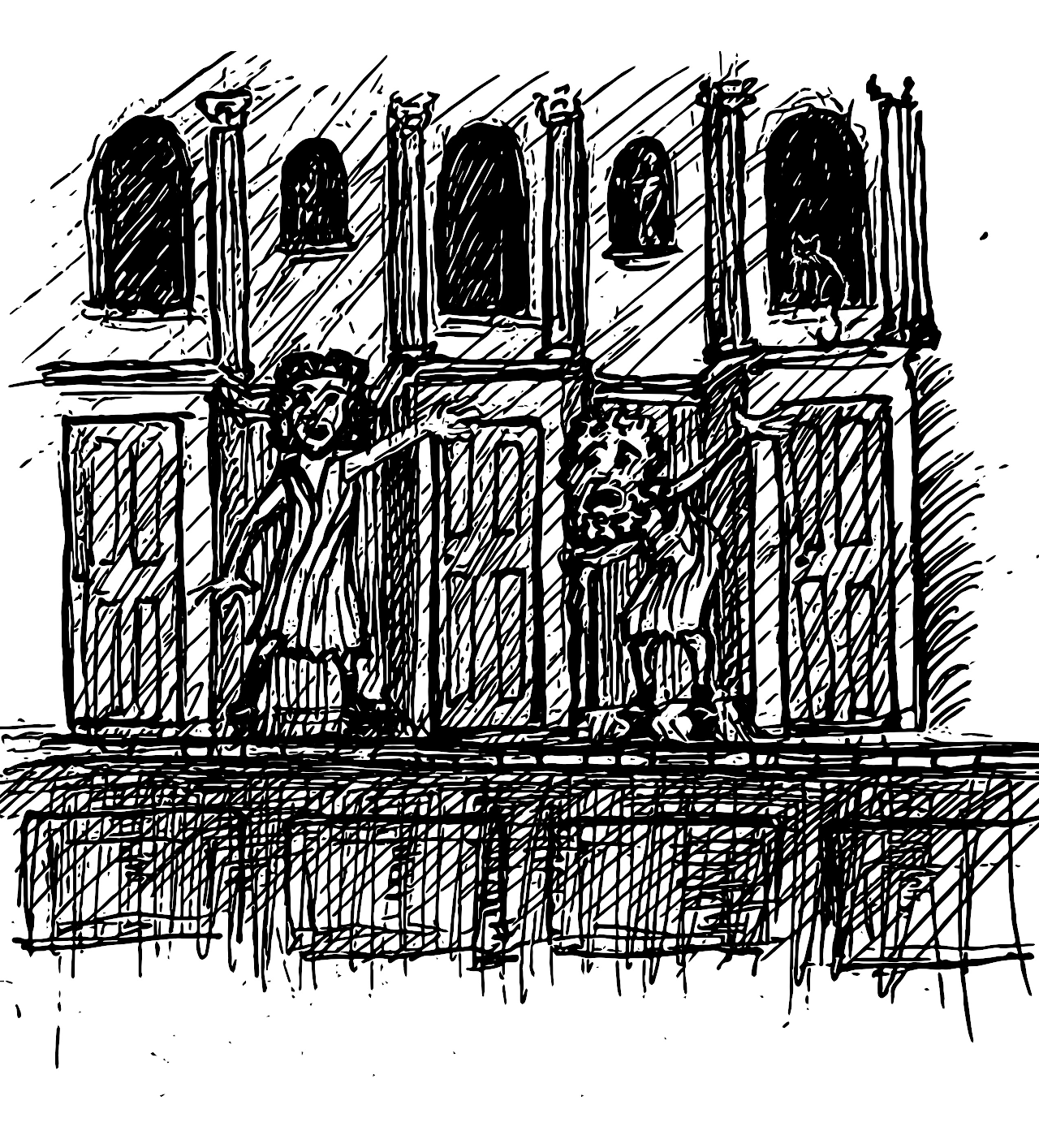
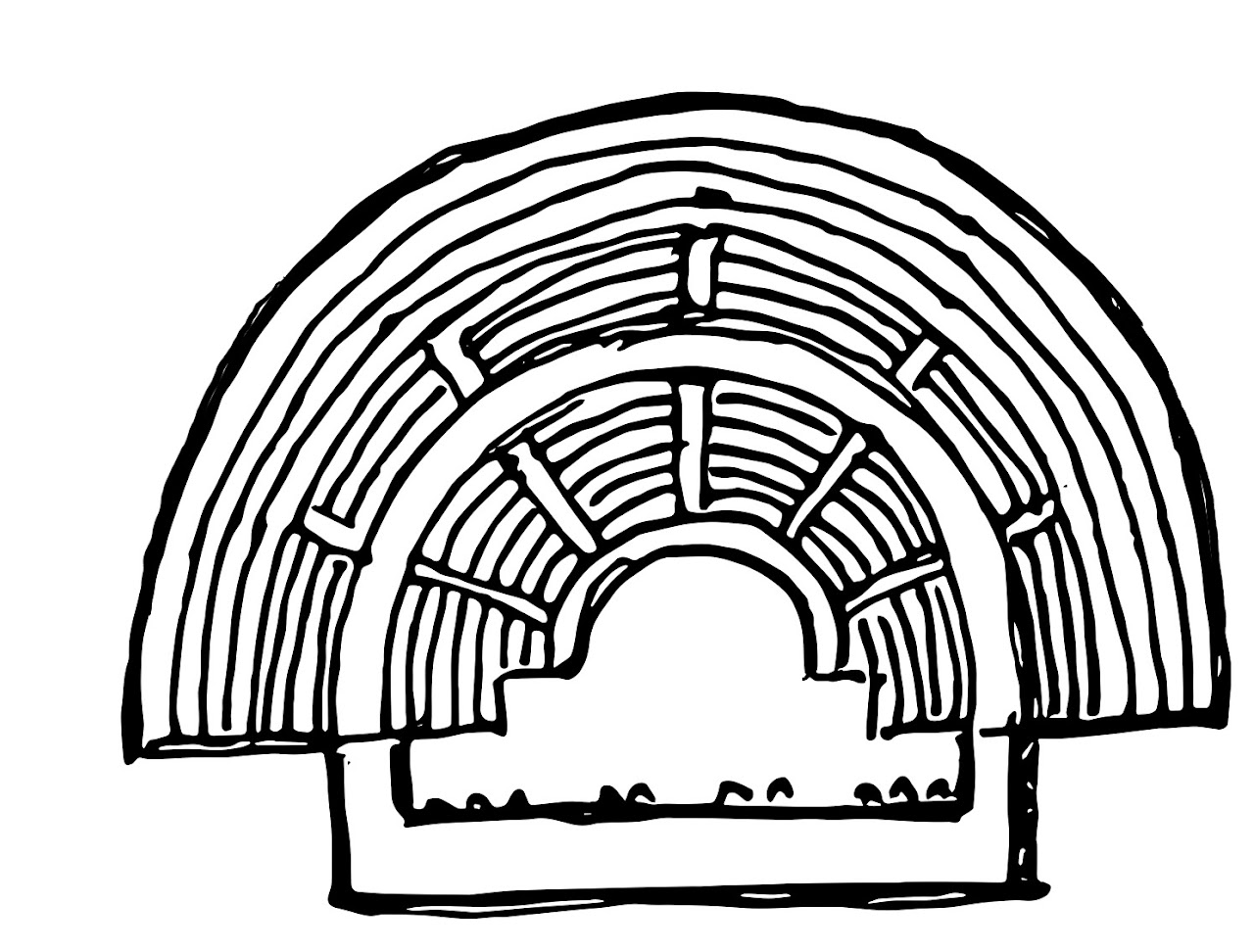
fēlēs theātrum intrat et āctōrēs spectat. theātrum est sēmicirculum. theātrum factum est multīs arcibus. āctōrēs clāmant et cantant. spectatōrēs āctōrēs spectant.
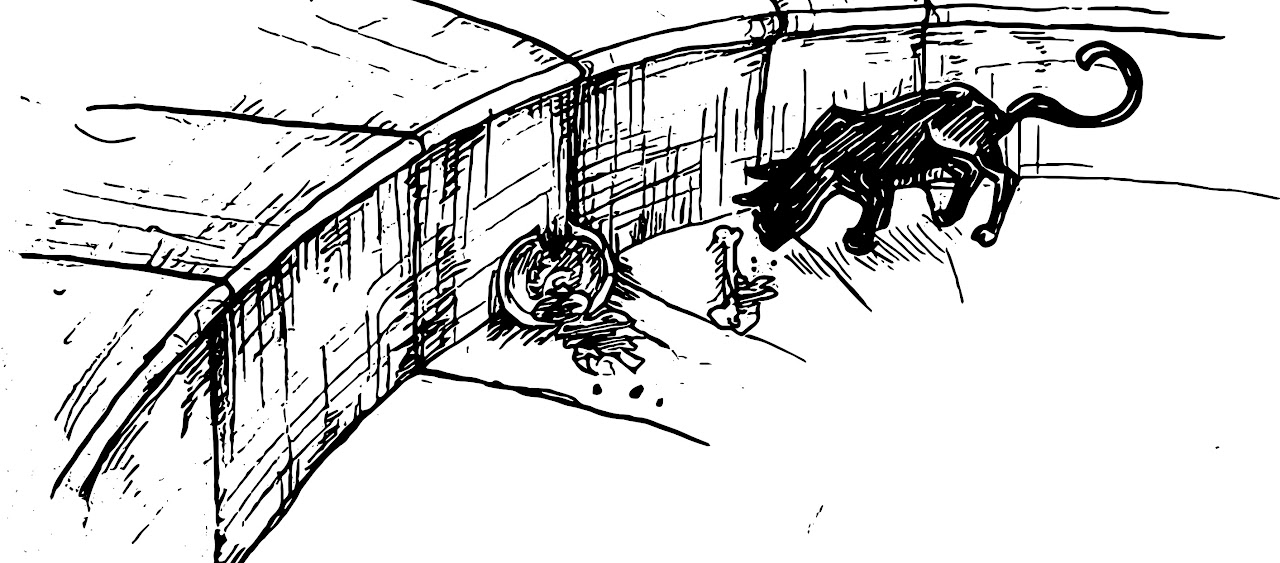
spectātōrēs sedent in sellīs. spectātōrēs cibum habent. spectātōrēs cibum cōnsūmunt. spectātōrēs cibum relinquunt prope sellās. fēlēs cibum cōnsūmit! fēlēs laetissima est. 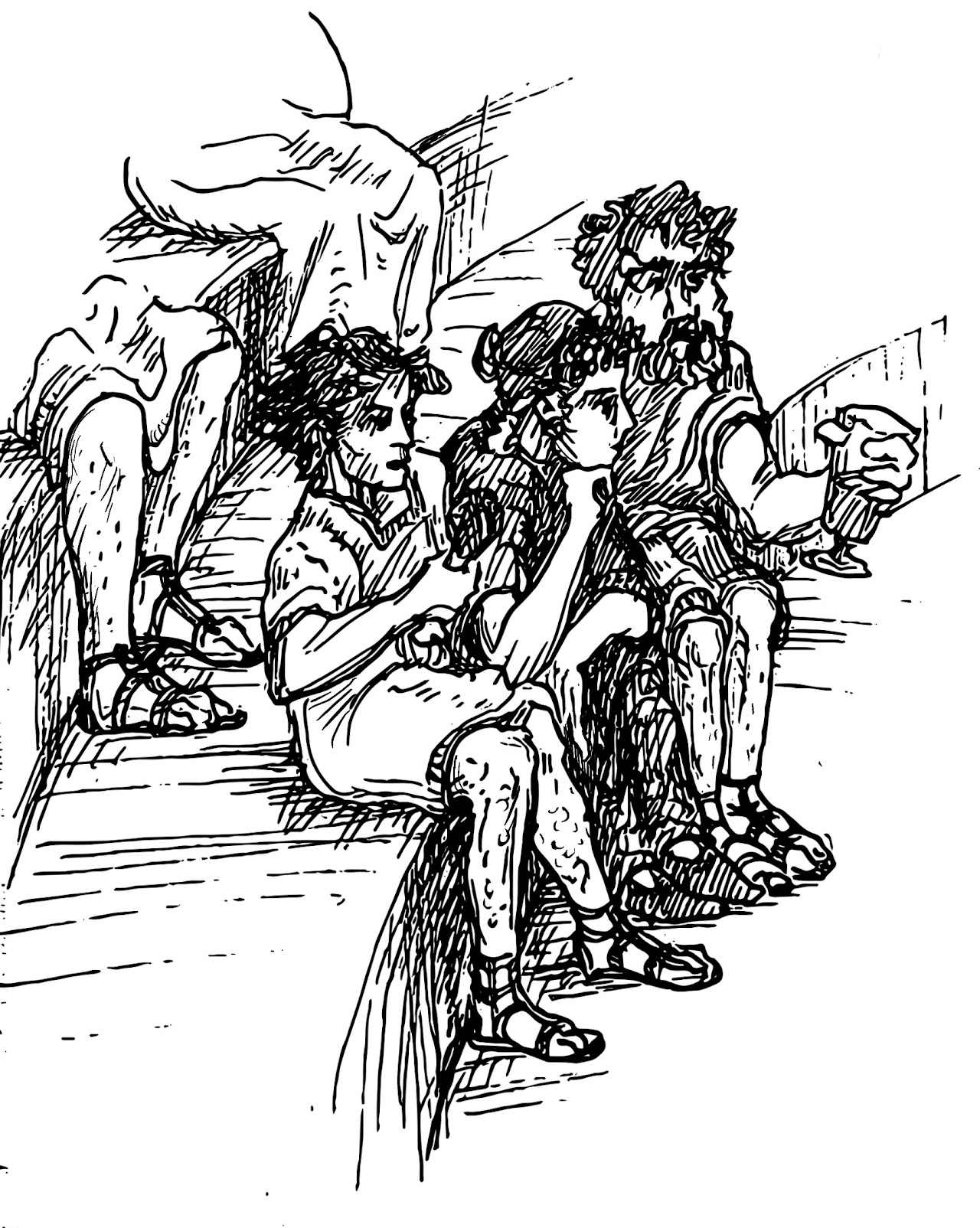
 amphitheātrum factum est multīs arcibus. amphitheātrum multās sellās habet. spectātōrēs in sellīs sedent.
amphitheātrum factum est multīs arcibus. amphitheātrum multās sellās habet. spectātōrēs in sellīs sedent.
fēlēs amphitheātrum intrat. amphitheātrum nōn est sēmicirculum, amphitheātrum est rotundum. 
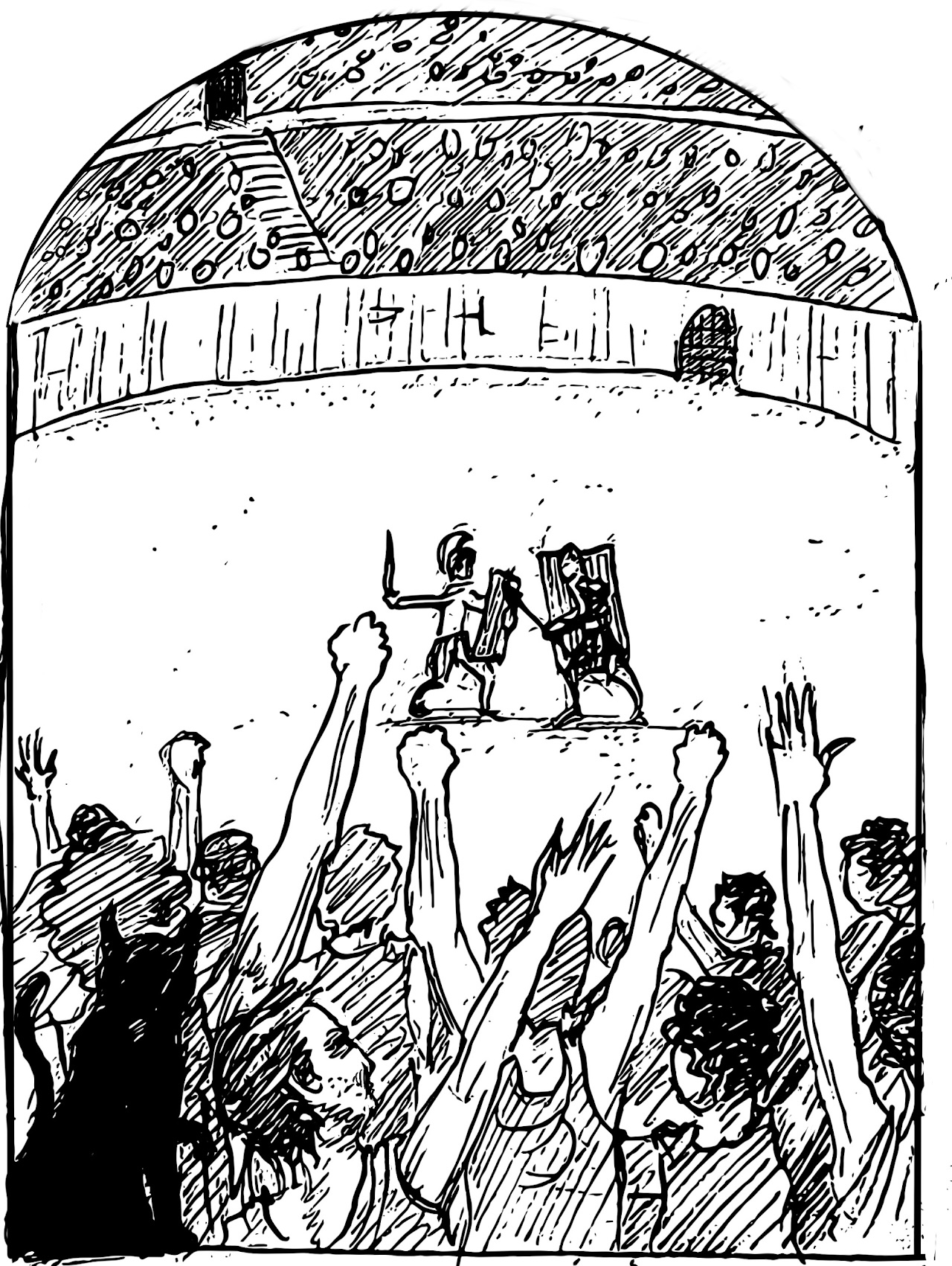
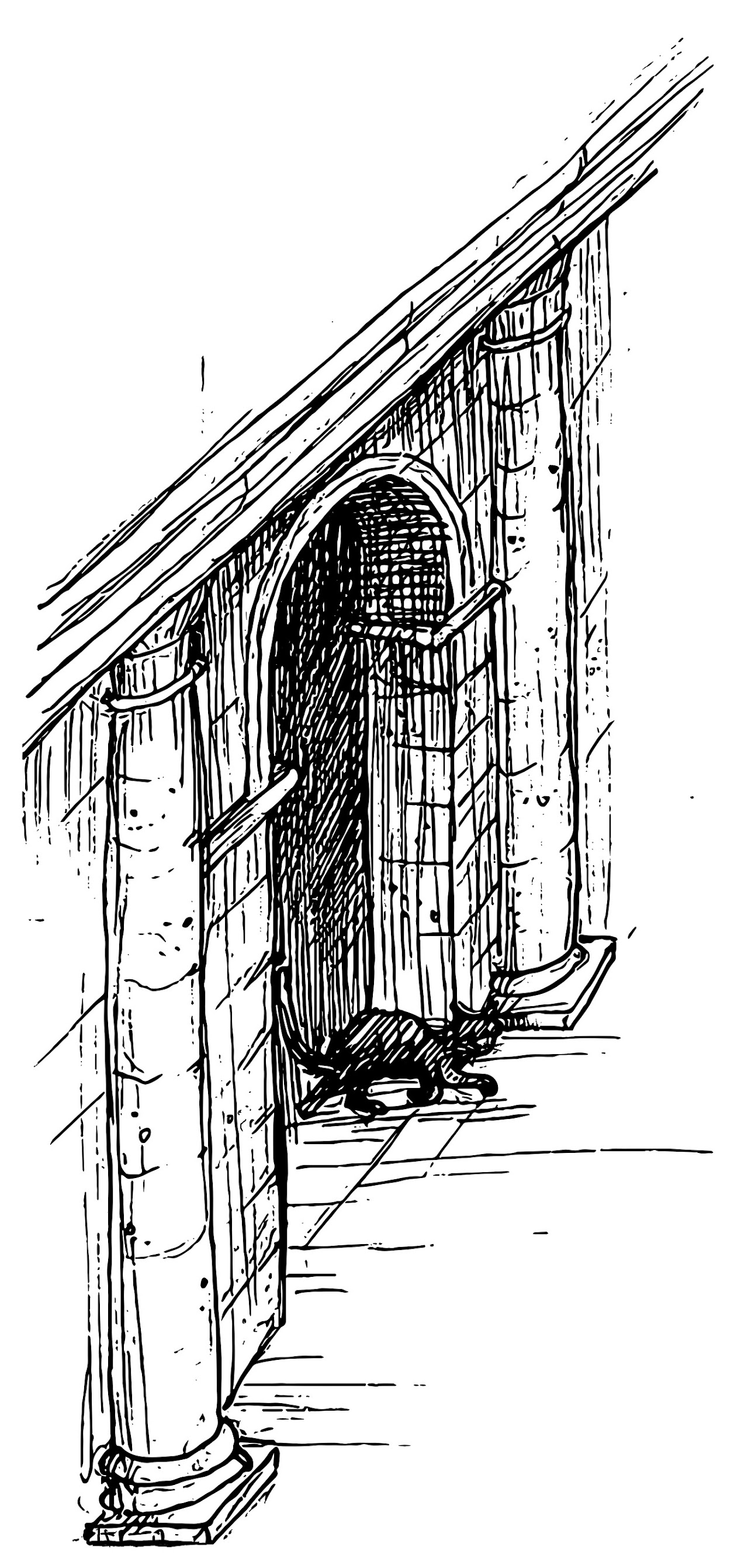
gladiātōrēs pūgnant et clāmant. gladiātōrēs necant! gladiātōrēs pereunt! spectātōrēs clāmant! fēlēs exit!!
Text and artwork by Abbi Holt, shared under CC BY-SA 4.0 License
Multimedia Resources
Discussion Questions
How would you answer these questions?
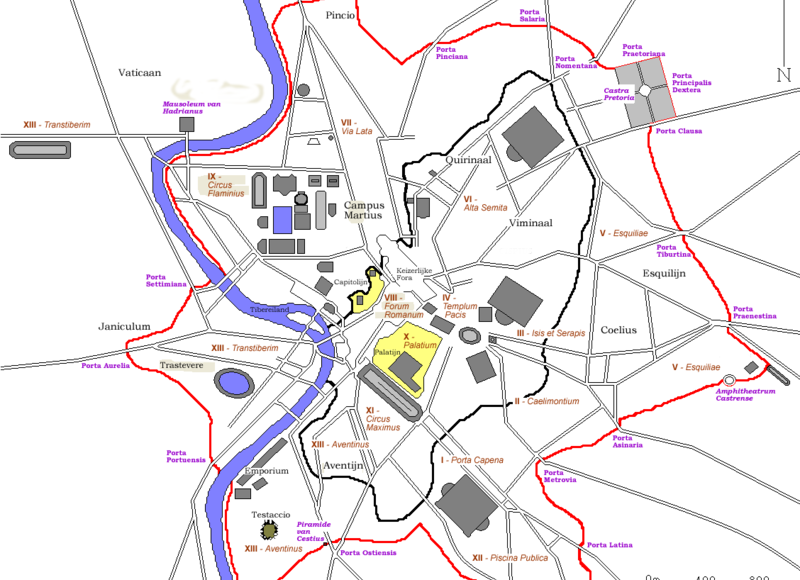
- Why is there more than one wall to the city? (the bold black and red lines)
- Why do you think this was a good place to put a city?
- Is there anything that surprises you about the names of the buildings?
- Can you find an amphitheater and a theater?
- Is there a kind of building we have not talked about yet that you see popping up in more than one place? If so, what does it look like and what do you think it was used for?
